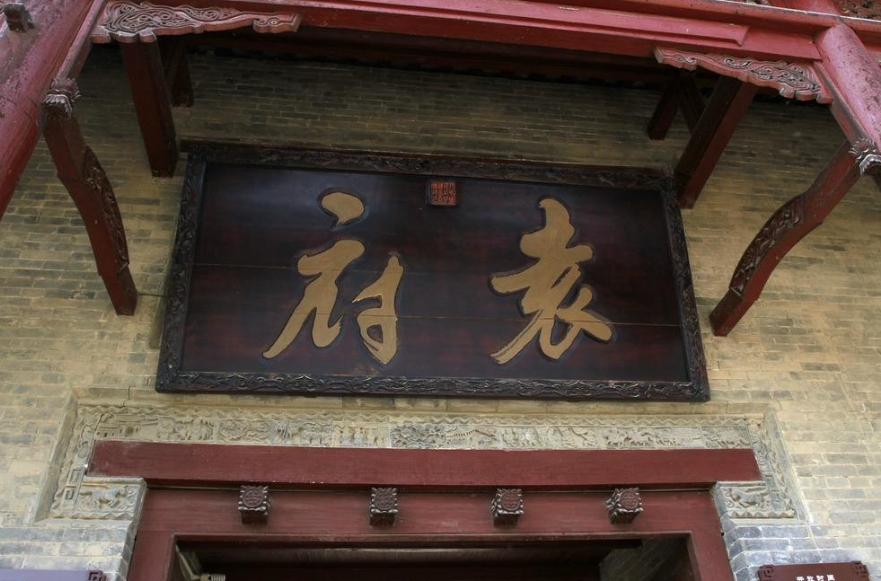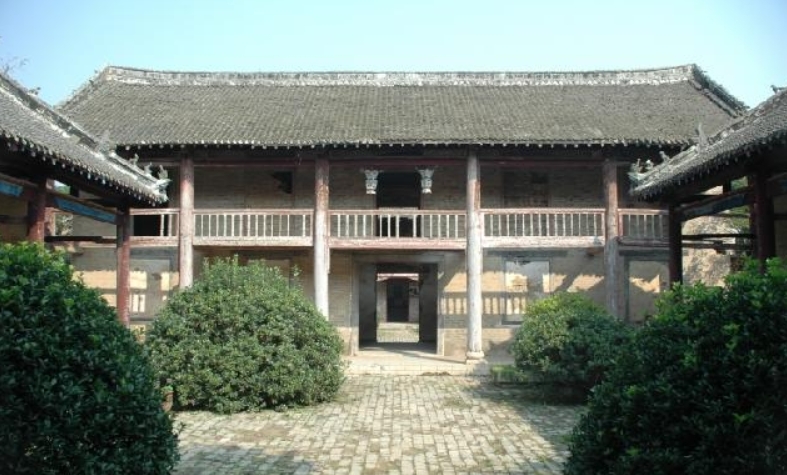Introduction
Yuan Shikai’s historical reputation has long been shaped by his failed attempt to restore the monarchy in 1915—a move widely condemned as a betrayal of the Republican Revolution. Yet such a singular focus obscures the more complex reality of Yuan’s governance in the formative years of the Republic of China (1912–1915). In this period of political chaos and social uncertainty, Yuan’s policies were not merely authoritarian; they also included pragmatic reforms aimed at stabilizing the nation, easing ethnic tensions, and building foundational institutions. This essay seeks to analyze Yuan’s administration through a balanced historical lens, arguing that his rule embodies the paradoxes and tensions of a society caught between imperial legacy and republican ideals, between order-driven pragmatism and democratic aspiration.
I. Rebuilding Order: From Revolutionary Chaos to Centralized Authority
After the fall of the Qing dynasty, the new Republic was a fragile state plagued by fragmentation, regional warlordism, and institutional collapse. Yuan, stepping into a power vacuum, prioritized national unity above all else. His approach to restoring order involved both legal continuity and military discipline.
Yuan retained parts of the Qing legal system that did not contradict the new republic’s structure, thus preventing a legal vacuum that could lead to social anarchy. Simultaneously, he cracked down on military unrest—such as the 1912 Beijing Mutiny—emphasizing that “soldiers exist to protect the people.” These actions, while heavy-handed, succeeded in bringing temporary surface-level unity to a disintegrating state.
Yuan’s refusal to relocate the capital to Nanjing—a decision criticized by southern revolutionaries—reflected his strategic intent to consolidate northern power through his Beiyang military base. While arguably self-serving, this move helped stabilize the new regime during a time of deep regional uncertainty.
II. Ethnic Policy and the Idea of a Multiethnic Republic
One of Yuan’s most overlooked contributions was his effort to implement the ideal of “Five Races Under One Union” (五族共和)—a republican vision of multiethnic coexistence. He abolished Qing-era prohibitions on interethnic marriage and restructured institutions like the Lifan Yuan (Board for Minority Affairs), transferring them to more modern ministries. These symbolic acts were important steps toward demystifying Manchu privilege and promoting ethnic equality in the eyes of the Han majority.
In regions like Tibet and Mongolia—both displaying separatist inclinations—Yuan adopted a policy of conciliation rather than confrontation. He preserved aristocratic privileges while rhetorically committing to protect minority civil rights. While these policies did not erase ethnic divisions, they helped prevent immediate secessionist collapse, buying the Republic time to consolidate its presence in frontier regions.

Yuan Shikai’s Former Residence
III. Reform with Boundaries: Economic Modernization and Institutional Experimentation
Despite being a traditionalist in many ways, Yuan showed interest in modern economic and institutional reforms. He created dedicated ministries for agriculture, commerce, and industry, and pushed for modernization of currency and taxation. His administration also sought to attract foreign experts in finance—a controversial but arguably pragmatic choice, given the fiscal crises of the time.
Notably, Yuan promoted industrial education and commercial law reform, laying groundwork for future capitalist development. These policies hinted at a belief that national strength would come not only from military might but from economic modernization—a vision not far removed from later East Asian developmental states.
However, his reform efforts were undermined by overreliance on foreign loans and the limits of elite-centered governance. His willingness to compromise Chinese sovereignty for foreign recognition and financial support raises questions about whether national development under external pressure was a sustainable path forward.
IV. Power Consolidation and the Limits of Republicanism
Despite his republican rhetoric, Yuan’s governance revealed a deep-rooted mistrust of political pluralism. While he initially recruited a diverse range of intellectuals and officials—including figures like Zhang Taiyan and Wang Kaiyun—he later turned against the Nationalist Party (Kuomintang), suppressing their influence and dissolving the nascent parliamentary system.
His 1914 Provisional Constitution (《中华民国约法》) sharply expanded presidential powers, setting the stage for the 1915 monarchy attempt. Yuan’s actions suggest that his version of republicanism was instrumental, a means to centralize authority rather than empower the citizenry.
This contradiction between his declared ideals and political actions illustrates a broader challenge faced by many early 20th-century Chinese leaders: how to adapt foreign institutional models to domestic realities. For Yuan, authority came first—republicanism, if it existed at all, was secondary to national control.

Yuan Shikai’s former residence is elegant yet unostentatious, embodying a refined and understated simplicity
V. Historical Paradox: Nation-Builder or Power-Seeker?
The tension in Yuan’s legacy lies precisely in his duality. On one hand, he provided short-term stability, promoted industrial growth, and preserved national unity in the face of fragmentation. On the other, he undermined the very democratic principles he publicly endorsed.
Was Yuan’s authoritarianism a pragmatic response to a collapsing state, or simply the mask of a lifelong autocrat? Perhaps both. His failure was not just personal, but systemic—reflecting the profound difficulty of creating a functioning republic in a society without democratic traditions, amid internal strife and external imperialism.
Conclusion: Toward a Nuanced Historical Assessment
Yuan Shikai’s administration during the early Republican era cannot be reduced to caricature. His policies combined real reforms with political repression, inclusive rhetoric with authoritarian consolidation. Understanding Yuan requires moving beyond moralistic judgments and instead asking how historical actors balanced ideals and survival in a volatile environment.
Rather than view Yuan as either hero or traitor, we should consider him a product—and shaper—of China’s transition from empire to republic. His governance reveals the painful compromises and contradictions embedded in that transformation. In the end, Yuan Shikai may not have delivered the republic that many revolutionaries envisioned, but his leadership helped define the contours of what was politically possible in early modern China.
